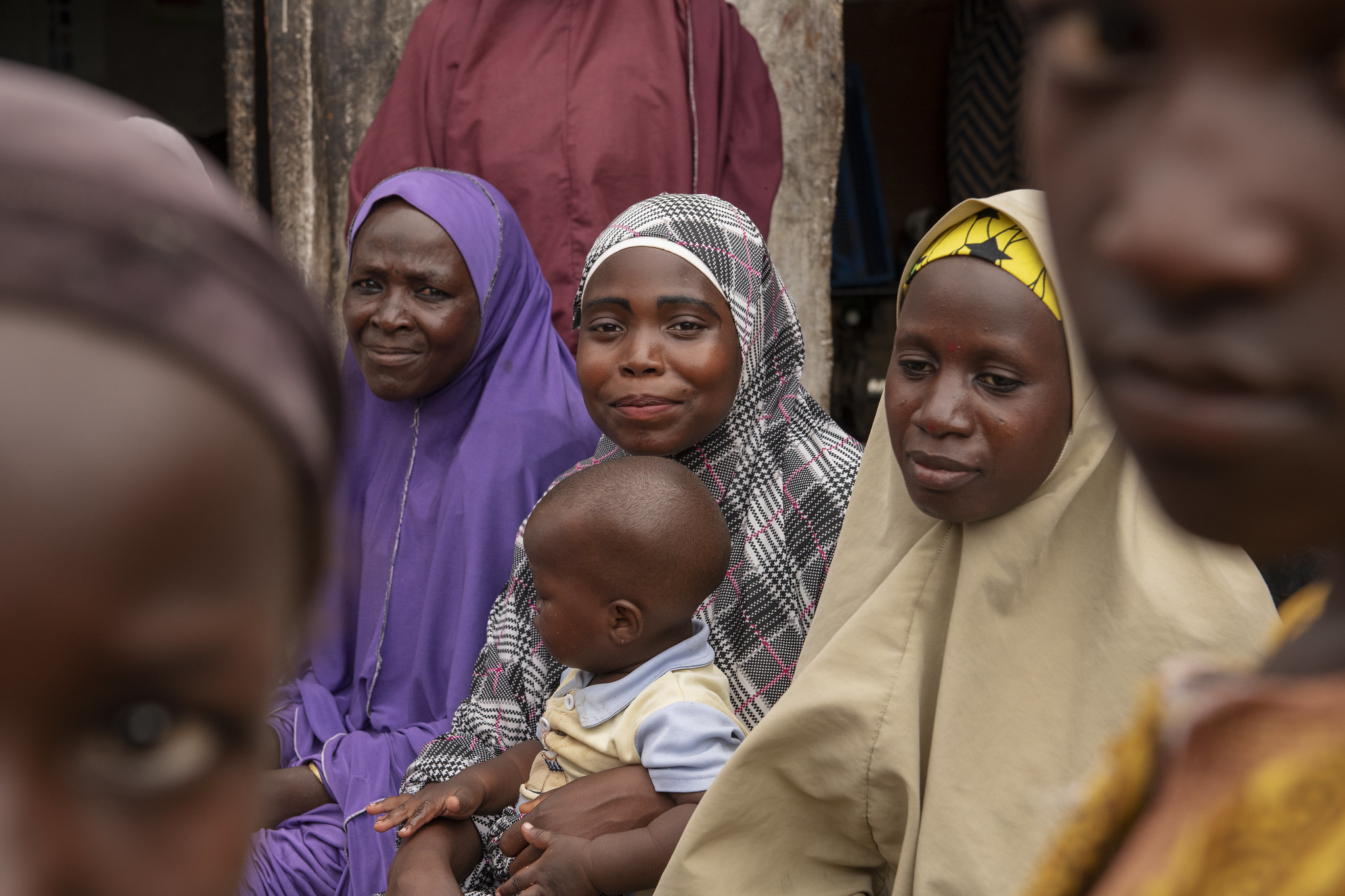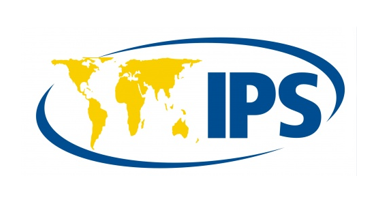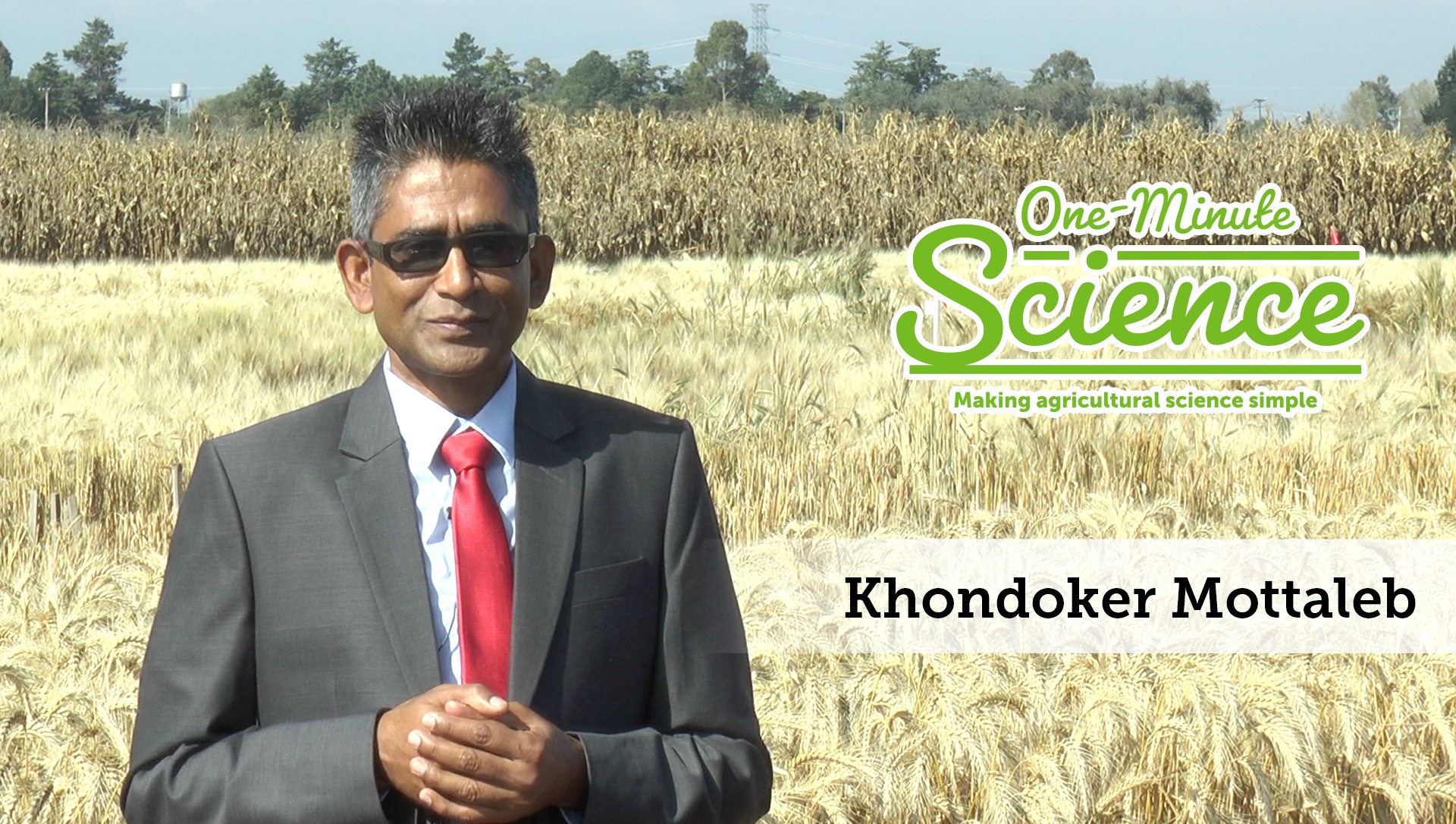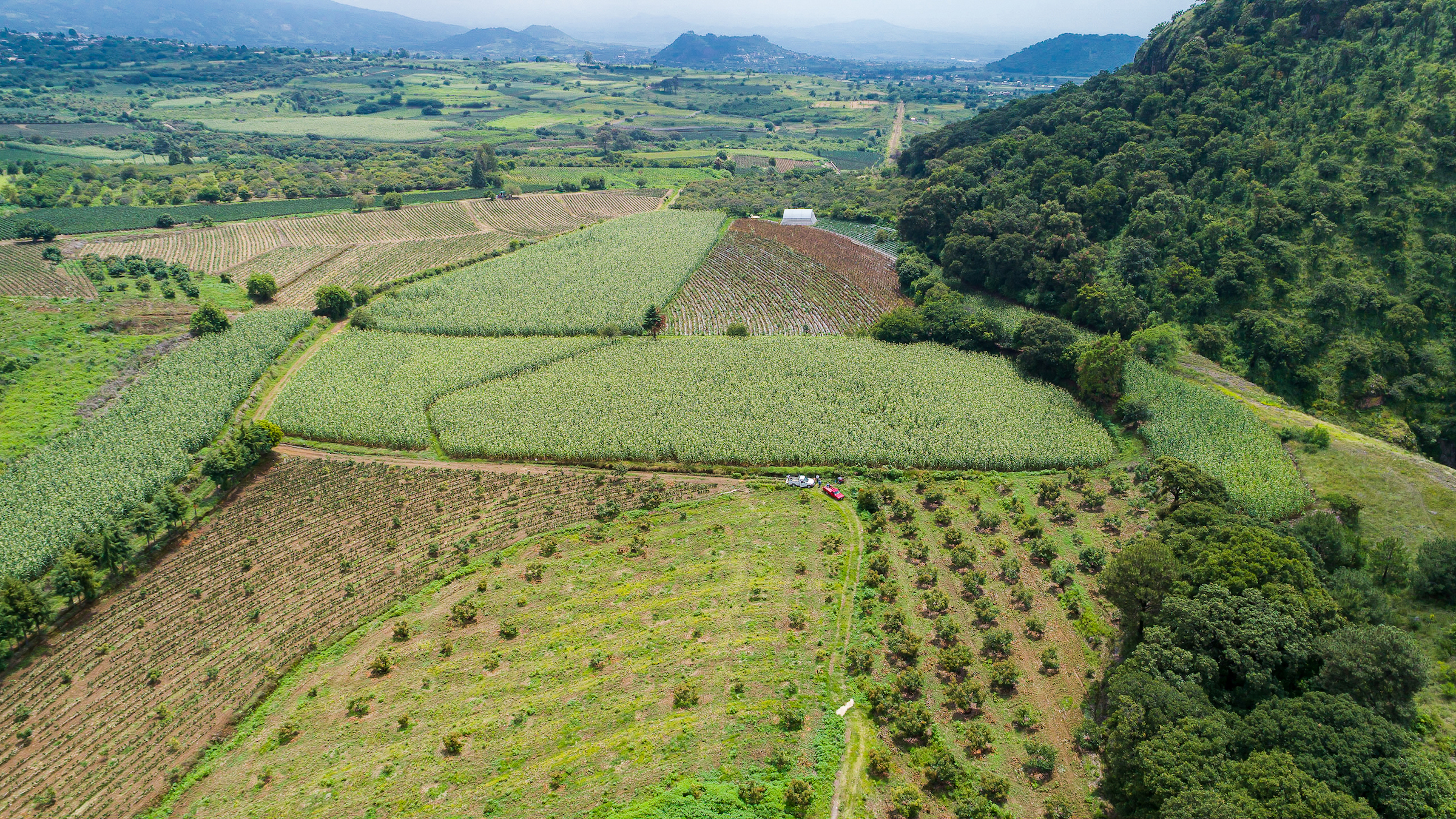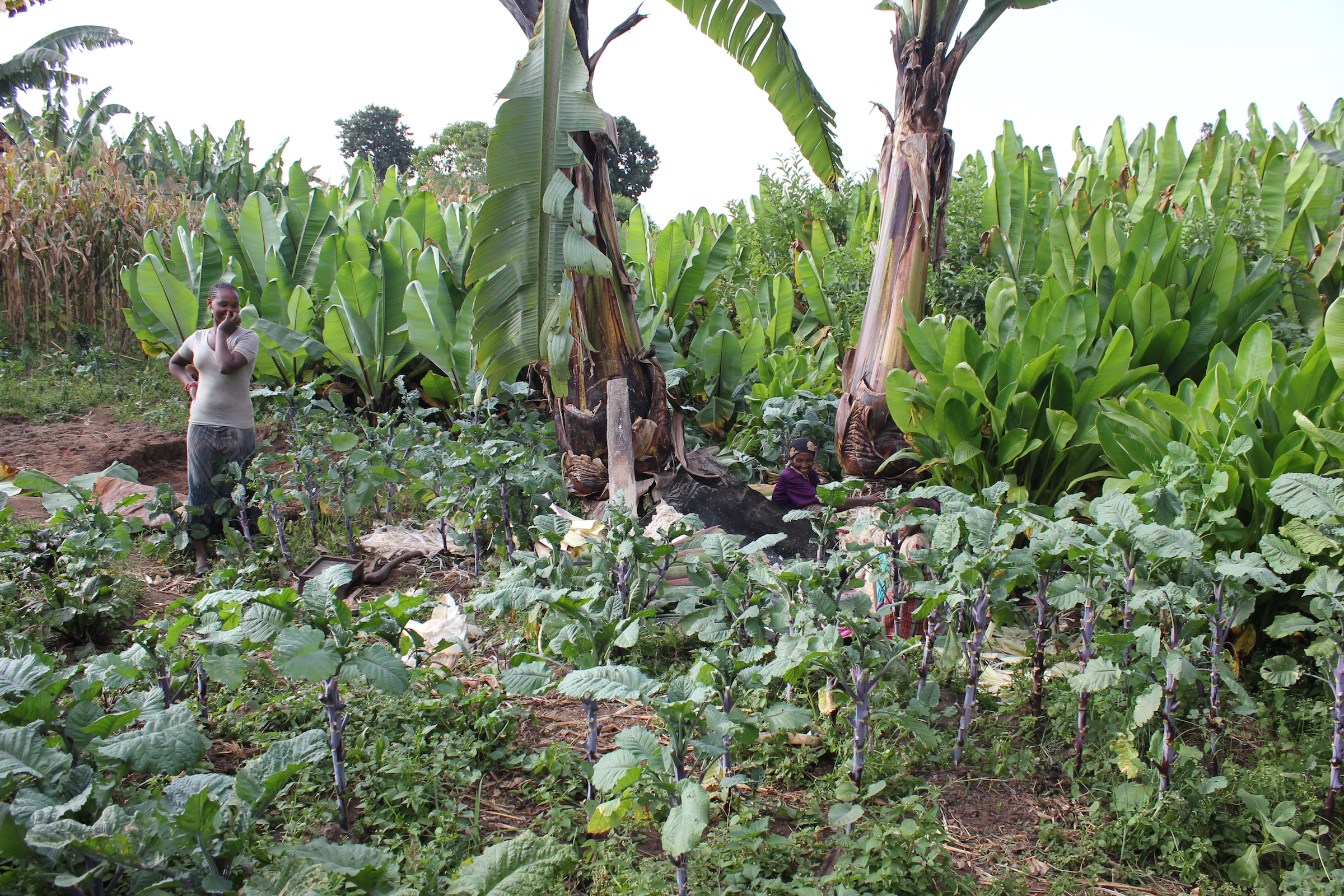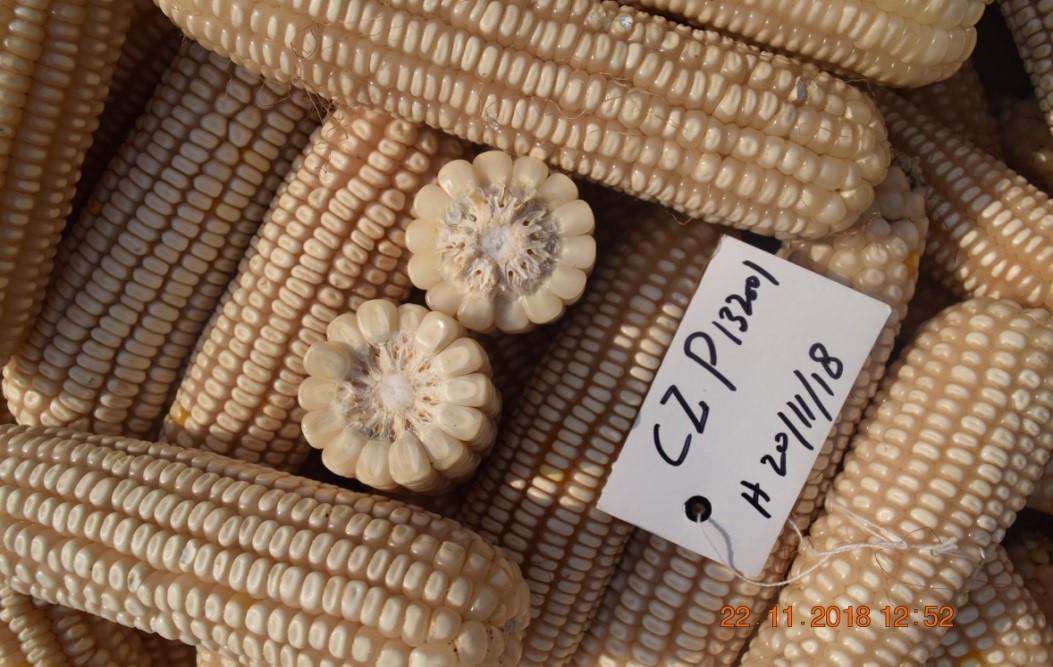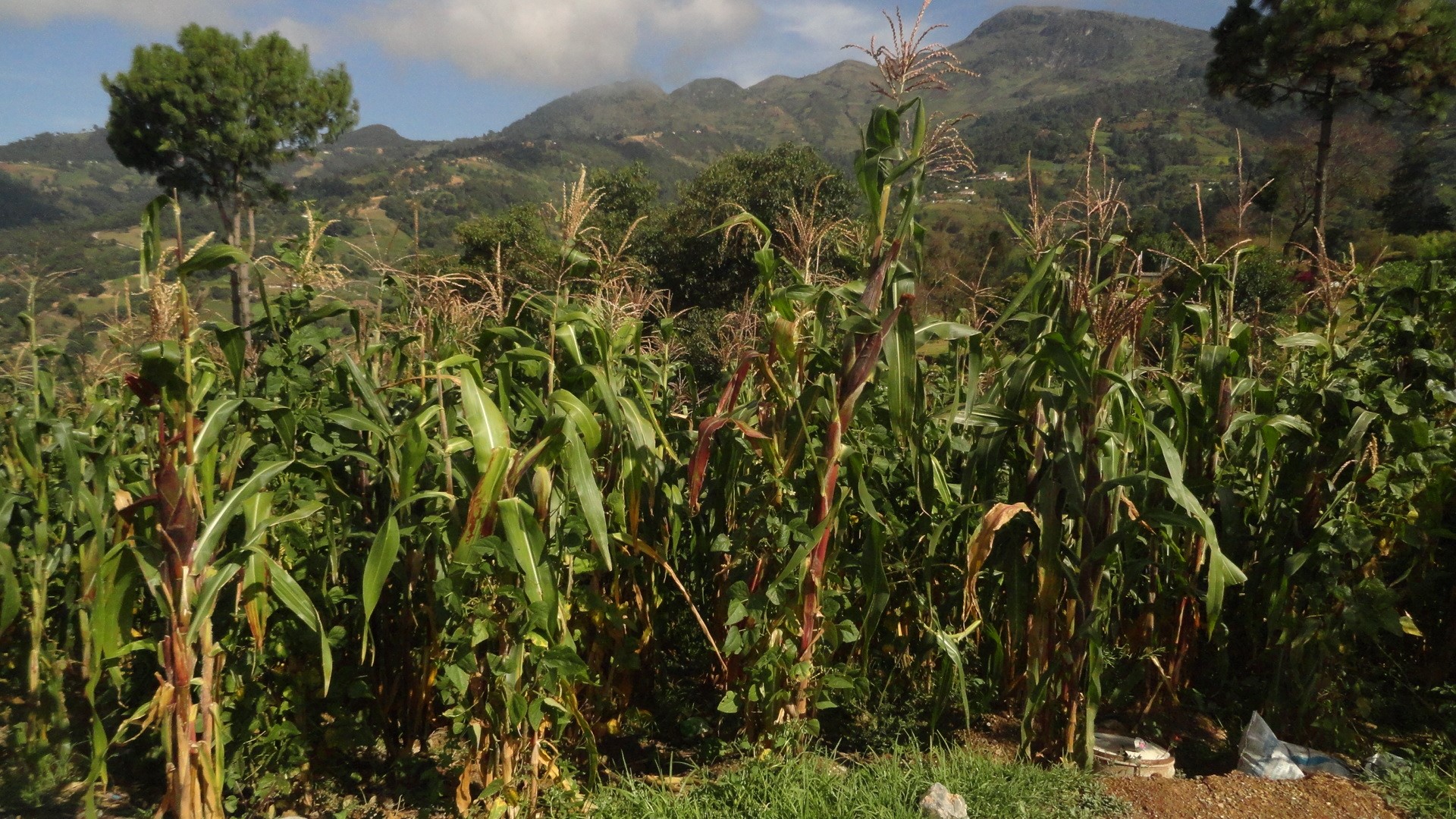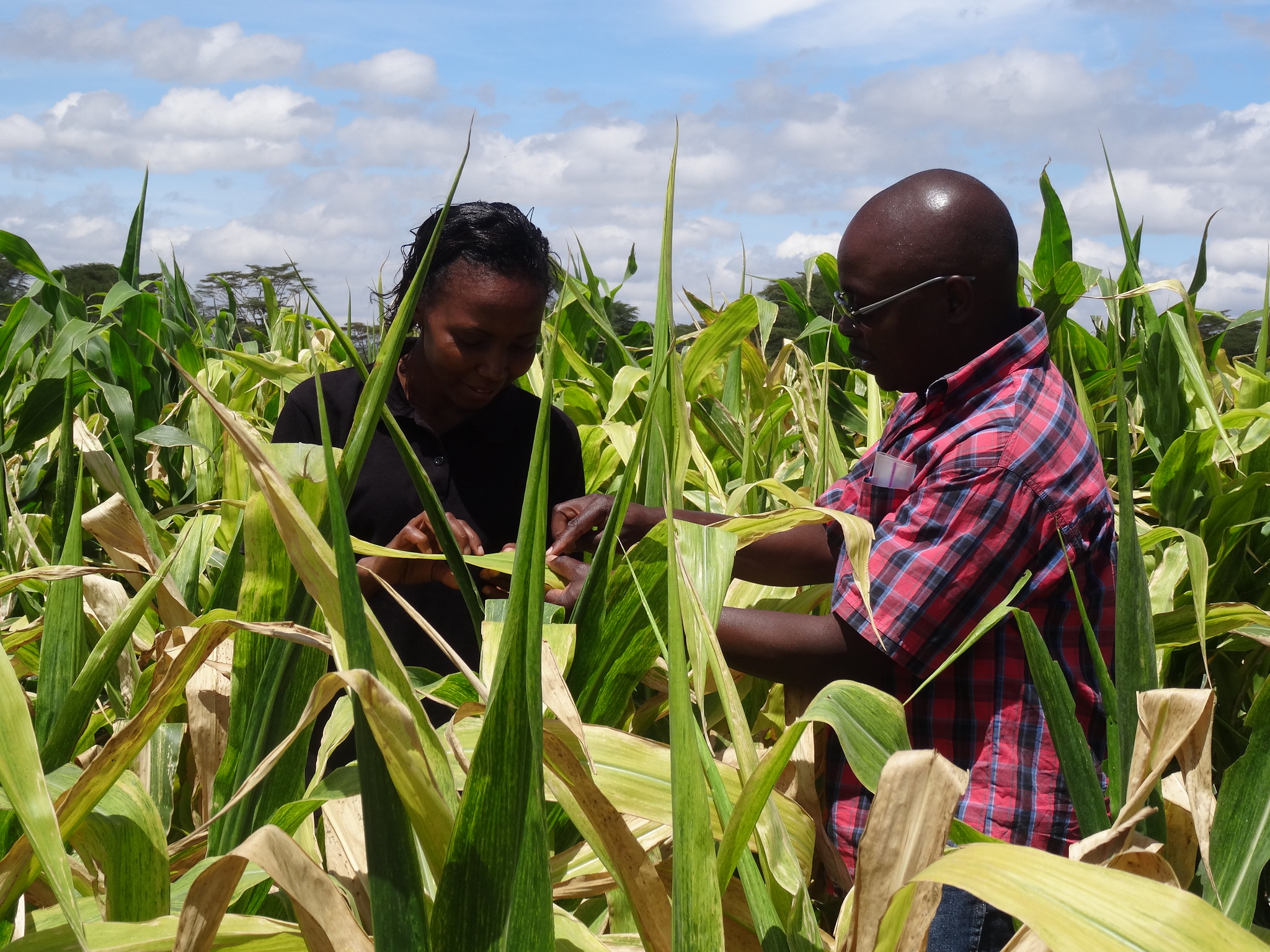Nutrition, health and food security
As staple foods, maize and wheat provide vital nutrients and health benefits, making up close to two-thirds of the world’s food energy intake, and contributing 55 to 70 percent of the total calories in the diets of people living in developing countries, according to the U.N. Food and Agriculture Organization. CIMMYT scientists tackle food insecurity through improved nutrient-rich, high-yielding varieties and sustainable agronomic practices, ensuring that those who most depend on agriculture have enough to make a living and feed their families. The U.N. projects that the global population will increase to more than 9 billion people by 2050, which means that the successes and failures of wheat and maize farmers will continue to have a crucial impact on food security. Findings by the Intergovernmental Panel on Climate Change, which show heat waves could occur more often and mean global surface temperatures could rise by up to 5 degrees Celsius throughout the century, indicate that increasing yield alone will be insufficient to meet future demand for food.
Achieving widespread food and nutritional security for the world’s poorest people is more complex than simply boosting production. Biofortification of maize and wheat helps increase the vitamins and minerals in these key crops. CIMMYT helps families grow and eat provitamin A enriched maize, zinc-enhanced maize and wheat varieties, and quality protein maize. CIMMYT also works on improving food health and safety, by reducing mycotoxin levels in the global food chain. Mycotoxins are produced by fungi that colonize in food crops, and cause health problems or even death in humans or animals. Worldwide, CIMMYT helps train food processors to reduce fungal contamination in maize, and promotes affordable technologies and training to detect mycotoxins and reduce exposure.
Africa’s devastating locust outbreak exposes need for crop science on all fronts
 Nutrition, health and food security
Nutrition, health and food security
Source: Thomson Reuters Foundation (9 Mar 2020)
Effective pest management is the responsibility of farmers and scientists.
For a food system at risk, women are key yet often overlooked
 Gender equality, youth and social inclusion
Gender equality, youth and social inclusion
Our climate change-ravaged food systems cannot wait for the gradual progress of gender quality.
Why heirloom tortillas are an endangered species
 Environmental health and biodiversity
Environmental health and biodiversity
Source: Maclean's (6 Mar 2020)
Preserving ancient maize landraces in Mexico is key for biodiversity, food security and future sustainability.
One-minute science: Trent Blare and blue maize products
 Environmental health and biodiversity
Environmental health and biodiversity
Consumers near Mexico City perceived blue maize tortillas to taste better. They were willing to pay up to a third more to buy them for special family events or to consume them in restaurants.
Biofortified Crop Project Reaches Refugees in Zambia
 Capacity development
Capacity development
Source: Inter Press Service (27 Feb 2020)
Refugees receive technical assistance, nutrition education and training on growing biofortified maize.
Advancing Nutritious Food Crops: The Role of the Public Sector
 Nutrition, health and food security
Nutrition, health and food security
Source: Outlook India (25 Feb 2020)
Harvest Plus supports cross-sector alliances to advance biofortified crops in India.
One-minute science: Khondoker Mottaleb on how to meet food demand by 2030
 Nutrition, health and food security
Nutrition, health and food security
Studying changing food consumption patterns in the context of urbanization and economic and population growth helps plan for the future.
Bringing landraces back home, 50 years later
 Nutrition, health and food security
Nutrition, health and food security
Half a century earlier, scientists collected and preserved samples of maize landraces in Morelos, Mexico. Now, descendants of those farmers were able to get back their ancestral maize seeds and, with them, a piece of their family history.
‘Sharing’ or ‘sparing’ land?
 Environmental health and biodiversity
Environmental health and biodiversity
How can we feed more people while protecting nature and biodiversity?
Another Green Revolution needed for wheat, says report
 Climate adaptation and mitigation
Climate adaptation and mitigation
Source: Dawn (9 Feb 2020)
Climate change threatens wheat yields in South Asia.
Growers issued yellow rust warning
 Environmental health and biodiversity
Environmental health and biodiversity
Source: Dawn (6 Feb 2020)
CIMMYT warns wheat-growing farmers in Pakistan to watch for yellow rust disease.
Ten new CIMMYT-developed maize varieties released in Pakistan
 Innovations
Innovations
New maize varieties to bolster seed sector and enhance farm productivity.
Include small indigenous production systems to improve rural livelihoods
 Nutrition, health and food security
Nutrition, health and food security
New research recommends targeted assistance and engagement with small farmers in rural Guatemala to improve livelihoods and reduce migration pressures.
All weather maize seed will reach farmers shortly: Dr Prasanna
 Nutrition, health and food security
Nutrition, health and food security
Source: Times of India (31 Jan 2020)
New seed will withstand drought conditions and natural calamities.

